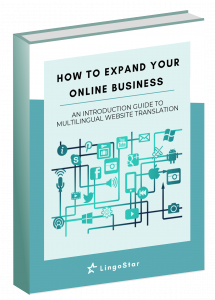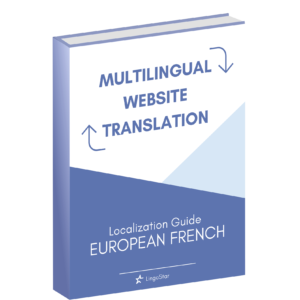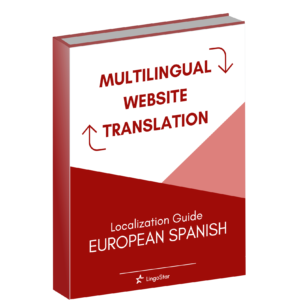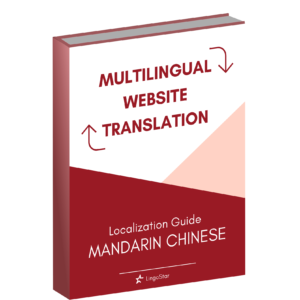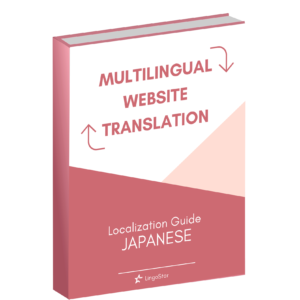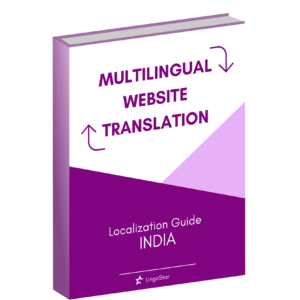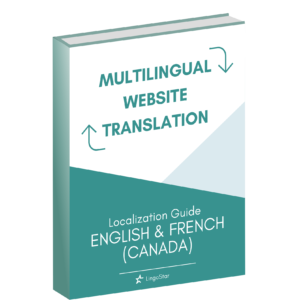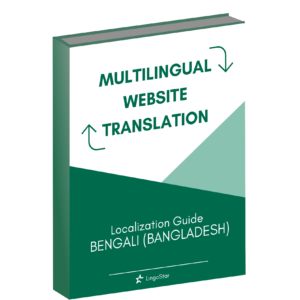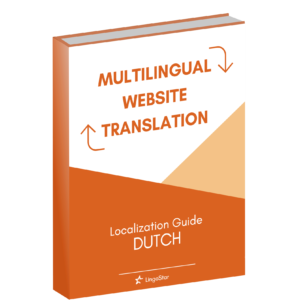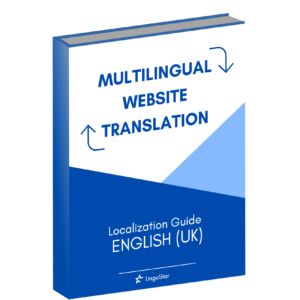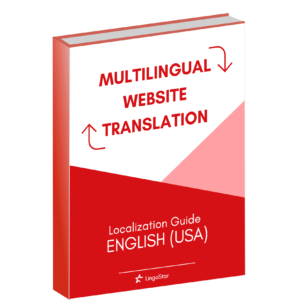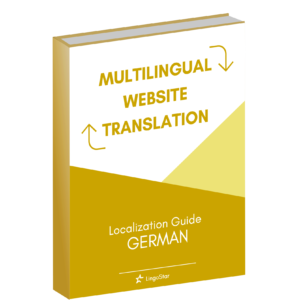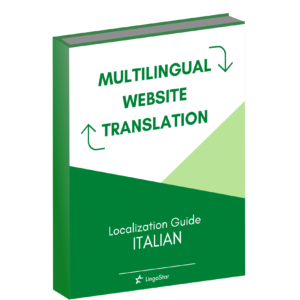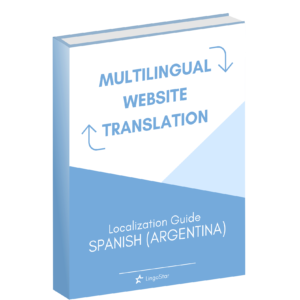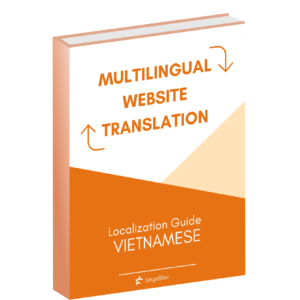Often Used Language Pairs for Translation with English
About English Language
Part of the Germanic language family, English has 400 million native speakers and over 200 million non-native speakers in the world. Up to an estimated 1.8 billion people speak it worldwide. It is considered to be a lingua franca of the world. Also, it is one of the European Union languages since 1973 and the official language in more than 50 countries.
Four phases may be distinguished in the development of the English language: Old English, Middle English, Early Modern English and Late Modern English, which has been in use from 1600 to the present day. One of the main reasons for its widespread growth is due to the prowess of the British Empire, which ruled many countries all over the world for centuries.
American English
American English or U.S. English is a set of dialects of the English language used in the United States. American English differs from British, Australian or Canadian, but most of the time the differences between them are in terms of pronunciation of certain words, some spelling and vocabulary, and slang terms and idioms.
American English has been a topic of considerable interest for at least 100 years, and has led to the creation of a Dictionary of American Regional English. There are many dialects in the north, south, east and west areas of the U.S., and well-known differences in accents from Boston, New York, L.A. to the South.
British English
British English or UK English is the language used in the United Kingdom. However, there are many dialects and accents depending on the region within Great Britain, Wales, Scotland and Ireland.
American English is commonly considered the new English; however, British English is often influenced by new words or phrases coming from new generations and cultures from neighbouring countries, as well as immigrants, which does not happen as much in the U.S. For this reason it is thought that British English is actually developing faster than American.
Canadian English
English used in Canada is called Canadian English and was first recognized as an individual language in 1957. It combines both American and British English.
Canadian English has more common pronunciation with American and more common vocabulary and spelling with British English. The originality of the language is the influence of Quebec French. Over the past 200 years, Canadian English has developed rapidly with its historical background of settlement and immigration.
Australian English
Australian English is the name given to the group of dialects spoken in Australia to distinguish it from all the varieties of the English language. It has basically the same grammatical rules as British, however it is different in slang and pronunciation.
Australian English rules are governed by the rules of either American English or British English. After all, Australia has much stronger cultural ties to Great Britain.
In the early 20th century, Australian English was recognized as an individual language and later celebrated with such works as the Australian National Dictionary of 1988.
